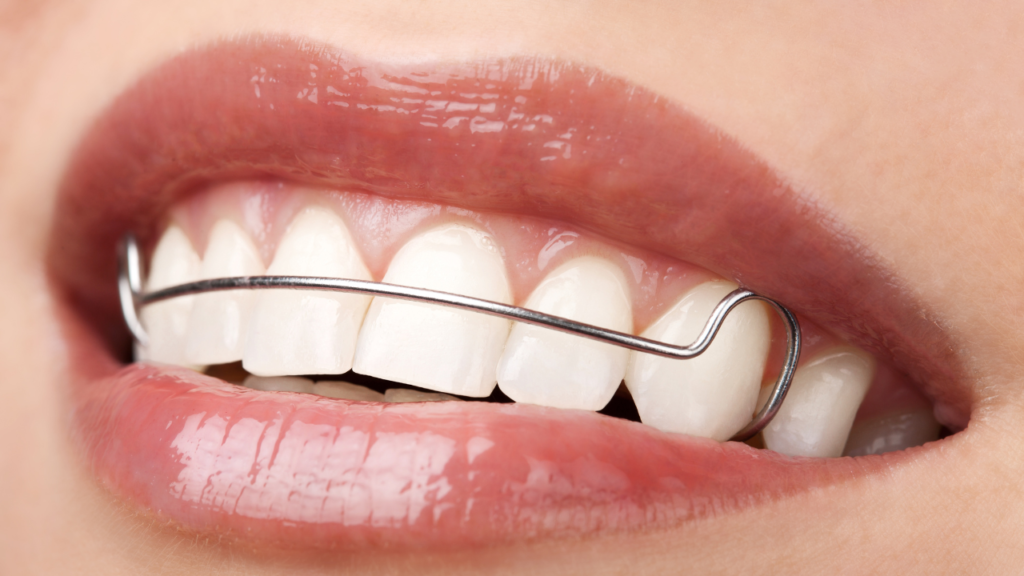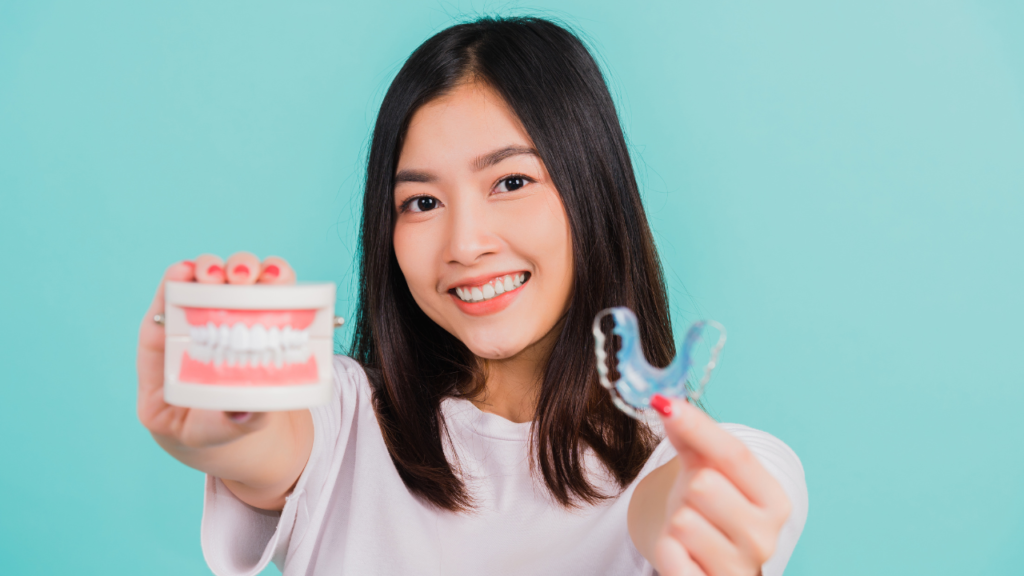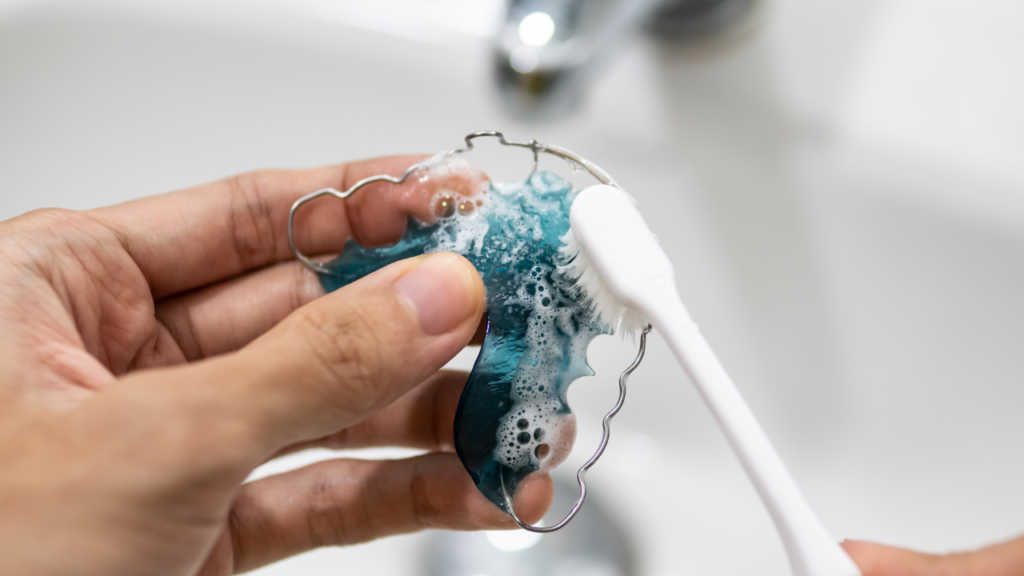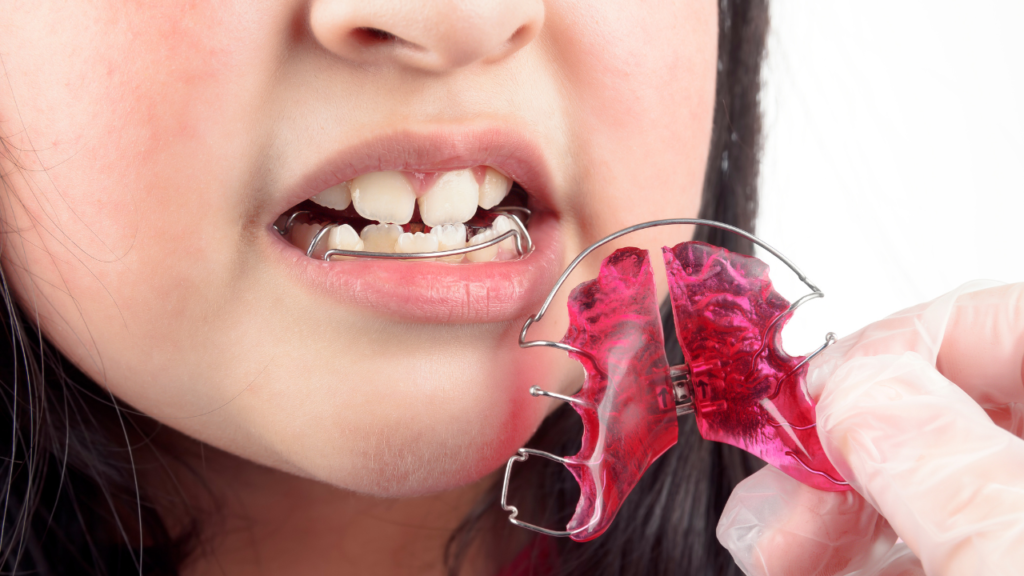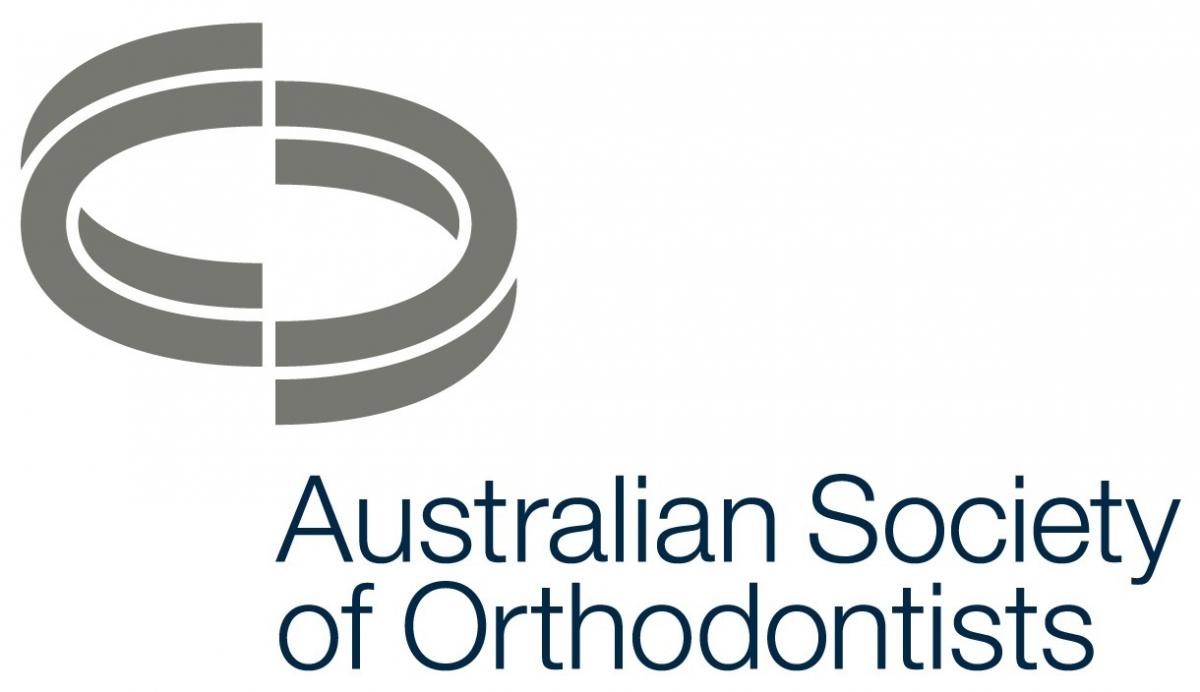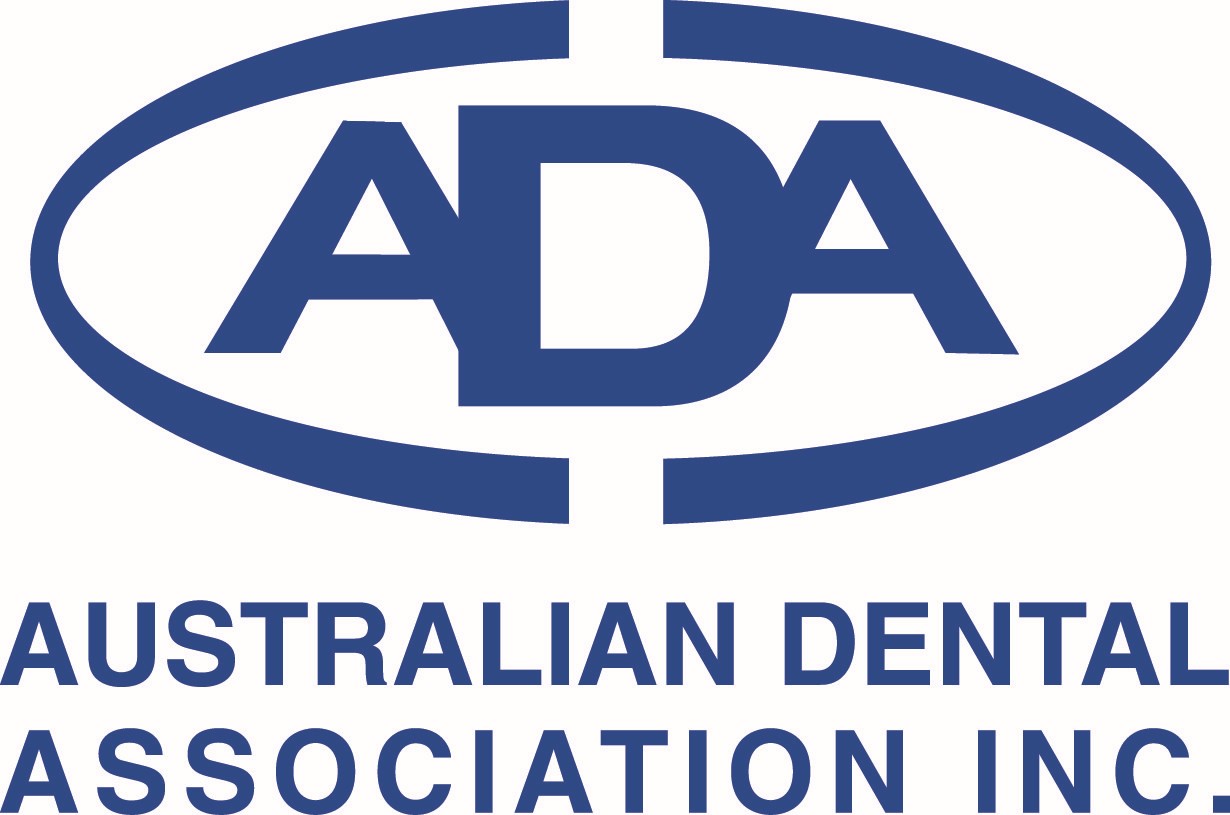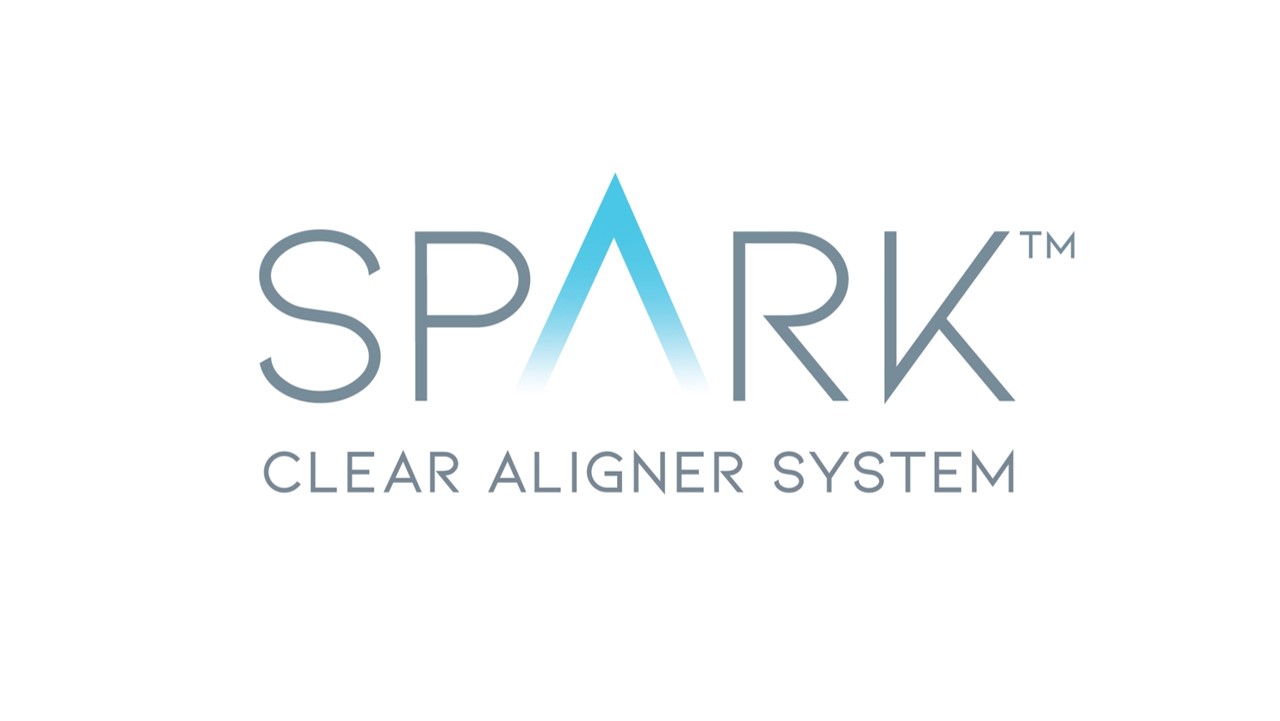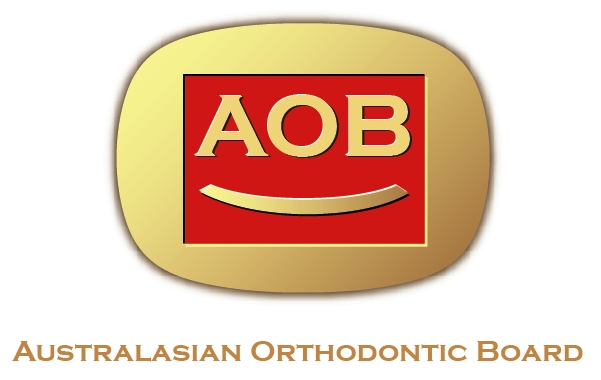Dental Retainers Guide for 2025 – Everything You Need to Know
Straightening your teeth with braces or aligners is just the first step toward a lasting smile. The real challenge is keeping them that way. That’s where dental retainers come in.
Retainers keep your teeth from shifting back to their original position after orthodontic treatment. Whether you’ve had traditional braces or clear aligners, wearing a retainer is necessary to maintain good results.
In this guide, we’ll break down everything you need to know about teeth retainers in 2025. We’ll go over the different types available, how much retainers cost in Australia, how to care for them, and some answers to common questions.
What are Dental Retainers and Why are They Important?
Dental retainers are custom orthodontic appliances designed to hold teeth in corrected positions after braces or aligner treatment. Without a retainer, your teeth can slowly shift back due to natural forces like:
- Bone remodeling: The bone around your teeth continues to adapt and remodel after orthodontic treatment.
- Soft tissue pressure: Your lips, cheeks, and tongue exert pressure on your teeth every day.
- Ageing and habits: As you age, teeth naturally drift forward and become more crowded, especially in the lower jaw.
Properly fitted teeth retainers stop these movements and preserve your orthodontic results for life — otherwise, you risk undoing years of orthodontic work. They are most suitable for orthodontic patients, those who experience minor tooth shifting, post-surgical patients, and people with fixed retainers.
Types of Dental Retainers – Which One is Right for You?
There are two main types of retainers, each with its pros and cons. Your orthodontist will recommend one based on your dental history, lifestyle, and personal preference.
1. Permanent Retainers
Permanent retainers are made of a solid or braided wire that is curved to fit the shape of your newly straightened teeth. To stop them from moving, the wire is bonded to the inside of your front teeth. Other names for permanent retainers are lingual wire, fixed retainer, or bonded retainer.
Only your dentist or orthodontists should remove these retainers.
When the orthodontist thinks the teeth will relapse or the person will not follow instructions for using removable retainers, permanent retainers are usually used.
Contrary to its name, permanent retainers are removed at some point, usually because of gum irritation or an excess buildup of tartar and plaque. Fixed retainers are ideal for patients with a history of severe crowding, especially in the lower front teeth.
| PROS | CONS |
| It’s always in place — no need to remember to wear it. | Can be difficult to clean — flossing requires a threader or interdental brush. |
| Highly effective in preventing movement of the front teeth. | May need replacement if it becomes loose or breaks. |
| Invisible from the front. |
2. Removable Retainers
Relapse is common with removable retainers, and this is their biggest con. People may lose the retainer and not replace it or don’t wear it as often as instructed. When you fail to wear your teeth retainers, they won’t work like they’re supposed to, and your teeth will shift back to their original position.
There are two kinds of removable retainers:
| Type | Description | Pros | Cons |
| Hawley Retainers | A classic retainer made from acrylic and metal wire, designed for durability and adjustability. It’s best for those who want a long-lasting, adjustable option or for those who grind their teeth at night. Hawley retainers are known for being more durable than plastic ones. |
✔ Can be adjusted by an orthodontist if teeth shift slightly. ✔ Durable and can last many years. ✔ Allows some natural tooth contact, which may feel more comfortable. |
✖ More noticeable compared to clear retainers. ✖ Can feel bulkier, especially for first-time users. |
| ClearEssix Retainers | Clear retainers are removable plastic retainers similar to Invisalign. These Also known as clear plastic retainers, Essix retainers are thin and transparent. They look similar to a clear aligner, and it’s best for patients who prefer an invisible option. ClearEssix retainers should also be replaced every 1-5 years, depending on usage and wear. |
✔ Virtually invisible when worn. ✔ Comfortable and easy to wear. ✔ Protects against grinding if used at night. |
✖ Can crack or wear out over time. ✖ Cannot be adjusted — a new retainer is needed if teeth shift. |
How Much Do Retainers Cost in Australia?
What affects the price tag of teeth retainers? Understanding how much retainers cost is important because, at the end of the day, maintaining a beautiful smile — perfectly aligned teeth and all — doesn’t come free of charge. However, investing in a retainer is far cheaper than redoing orthodontic treatment due to shifting teeth!
The cost of a retainer depends on the type, material, and clinic. Below are price estimates of teeth retainers in Sydney:
| Retainer Type | Estimated Cost (AUD) |
| Permanent Retainers | $250 – $500 per arch |
| Hawley Retainers | $150 – $400 |
| ClearEssix Retainers | $200 – $600 per set |
Factors that affect the price:
- Material: Clear plastic retainers tend to cost more because of their custom fit.
- Location: Costs differ based on the dentist’s location and the level of service they offer.
- Complexity: Teeth retainers for complex dental cases that require adjustments or multiple pieces may cost more.
- Insurance Coverage: Some private health plans may cover part of the cost.
How Does the Teeth Retainer Fitting Procedure Work?
Your retainer keeps your teeth aligned after your orthodontic treatment. The fitting process is different depending on whether you’re getting a permanent or removable retainer. However, both follow a precise and customised approach to ensure maximum comfort and effectiveness.
Step 1: Orthodontic Assessment
Your orthodontist will examine your teeth to determine the best type of retainer for your needs. Factors considered include:
- The severity of your original misalignment.
- The likelihood of teeth shifting post-treatment.
- Your lifestyle preferences (e.g., convenience vs. removability).
For some patients, a combination of permanent and removable retainers is recommended — typically a permanent retainer on the lower front teeth and a removable retainer for the upper arch.
Step 2: Taking Digital Impressions or Moulds
To create the perfect fit, your orthodontist will take an impression of your teeth using either:
- Digital Scan (3D Imaging): A quick, non-invasive scan that creates a precise 3D model of your teeth. Digital impressions are often more comfortable and result in more accurate retainers.
- Physical Mould (Alginate or PVS Impression): A traditional putty-like material is placed over your teeth to create an exact mould.
For permanent retainers, impressions may not be necessary as the orthodontist bonds the wire directly to your teeth.
Step 3: Custom Retainer Fabrication
Your impressions or scans are sent to a dental lab, where technicians craft a retainer that precisely fits your teeth. This process takes anywhere from a few days to a couple of weeks, depending on the type of retainer:
- Hawley retainers are made from durable acrylic and metal wire and can be adjusted if needed.
- Clear plastic retainers (Essix/Vivera) are custom-moulded from thin, transparent plastic for a snug, nearly invisible fit.
- Permanent retainers are made from pre-measured thin wire and shaped to bond to the back of your teeth.
Step 4: Fitting and Adjustments
Once your retainer is ready, you’ll return to the orthodontist’s office for the fitting.
For removable retainers, the orthodontist will check for proper fit, comfort, and retention strength. Minor adjustments may be made to make sure it sits securely without causing discomfort.
For fixed retainers, the orthodontist bonds the retainer wire to the back of your teeth using a strong dental adhesive and cures it with UV light. The wire is positioned to prevent noticeable speech or eating interference.
Step 5: Wear Instructions and Maintenance Tips
Your orthodontist will provide specific guidance on how to wear and care for your retainer:
- How long to wear it (e.g., full-time for the first few months, then nighttime indefinitely).
- What to avoid (e.g., hot water for clear retainers, hard/sticky foods with fixed retainers).
- How to clean it properly to prevent bacteria buildup.
Step 6: Follow-up Appointments
Regular check-ups ensure that your retainer stays effective. Your orthodontist will assess the retainer’s fit and comfort, any signs of wear and tear, and whether adjustments or replacements are needed.
Neglecting your retainer or skipping follow-ups can lead to teeth shifting, and it will require additional orthodontic treatment.
How to Care For and Maintain Your Teeth Retainers
Similar to your teeth, retainers are susceptible to bacteria and plaque buildup if they’re not cleaned properly or regularly. This buildup can lead to several consequences:
- Bacteria on teeth retainers can cause bad-smelling breath.
- Bacteria from retainers can transfer to your teeth and increase your risk of cavities.
- Food and beverages can stain your teeth retainers, making them less transparent.
- Dirty retainers irritate the gums and may lead to inflammation or discomfort.
Here are several ways to effectively clean your dental retainers:
- Mild soap and a soft toothbrush: Simple and readily available. Make sure to use a toothbrush specifically designed for cleaning retainers. Don’t use harsh toothpaste as it can damage the material.
- Retainer cleaning tablets: These tablets dissolve in water and release cleaning agents that get rid of plaque and bacteria. To use it properly, just follow the instructions on the package.
- White vinegar solution: Mix equal parts white vinegar and warm water in a cup. Soak your clear retainers for 15-20 minutes, then rinse thoroughly with water. Make sure the vinegar is diluted correctly, as undiluted vinegar can be too harsh.
- Hydrogen peroxide solution: Mix a 3% hydrogen peroxide solution with water in a 1:1 ratio. Soak your clear retainers in the solution for 10-15 minutes, then rinse thoroughly. However, do not use full-strength hydrogen peroxide because it can damage your retainers.
To maintain teeth retainer cleanliness, it’s important to clean them daily.
After taking out your retainer, rinse it with lukewarm water to remove leftover food and saliva. Gently brush it with a soft toothbrush and mild soap. Clean all surfaces (including the clasps), rinse them again, and store them in a case made for teeth retainers.
Some additional tips you need to remember:
- Do not use hot water, as it can warp your teeth retainers.
- Never clean your retainers in the dishwasher or microwave.
Common Questions about Teeth Retainers
How long do you need to wear a retainer after braces?
The length of time you need to wear a retainer depends on your orthodontic case, but in general:
Most orthodontists recommend wearing your teeth retainer full-time (22+ hours per day) for the first 3-6 months. After 6 months to 1 year, you can typically switch to wearing your retainer only at night. However, some cases may require longer full-time wear.
After 1-2 years and beyond, most orthodontists advise lifelong nighttime wear (at least a few nights per week) to prevent teeth from shifting over time.
What happens if you don’t wear your retainer for a long time?
If you stop wearing your retainer for an extended period, your teeth will gradually shift back toward their original position — a process known as orthodontic relapse. The longer you go without a retainer, the more your teeth can move.
Can you eat and drink while wearing a teeth retainer?
For removable retainers (Hawley or Essix), you should always take them out before eating or drinking anything other than water. For permanent retainers, you can eat normally, but be mindful of sticky or hard foods that can loosen the bonding.
How often should you replace your retainer?
The lifespan of a retainer depends on the type and how well you take care of it:
- Essix (clear plastic) retainers. Typically lasts 1-5 years, but may need replacement sooner if they crack, warp, or become loose.
- Hawley (wire and acrylic) retainers. Can last 5-10 years with proper care. However, they may need adjustments over time.
- Permanent (bonded) retainers. Can last many years but may need replacement if they become detached or if excessive tartar builds up.
If the retainer no longer fits snugly, has visible cracks, bends, or wear, causes discomfort or irritation, or has developed a persistent odor even after cleansing, it’s time for a new teeth retainer.
How can you fix a broken or lost retainer?
If your retainer is broken, cracked, or lost, you should contact your orthodontist as soon as possible. A delay in getting a replacement could cause your teeth to shift. Some orthodontists keep digital scans of your teeth, allowing them to create a replacement without needing a new impression.
Preserve Your Brilliant Smile with the Best Teeth Retainers in Sydney
Your orthodontic journey doesn’t end when your braces come off — a retainer keeps your teeth aligned for life!
Orthoworx offers custom-made teeth retainers in Sydney tailored to your specific needs. Whether you need a new retainer or a replacement, adult orthodontic services, or child orthodontic services, our experienced team is here to help.
Book a consultation today and protect your smile for years to come!




